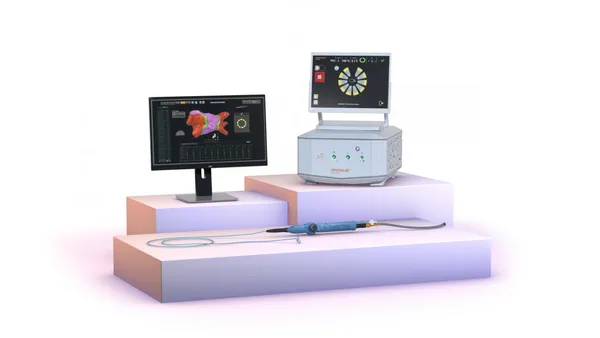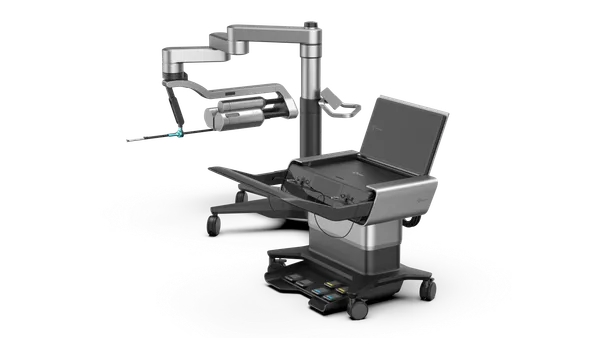The number of registered US clinical trials has almost tripled in the last decade, from over 180,000 in 2015 to nearly 520,000 today. Improvements in our understanding of the human genome, technological tools like artificial intelligence, and global investments in scientific research have all contributed to this exciting new era of medicine. But how are these exciting discoveries being translated into real world benefits? In this article, we’ll explore the progress being made on the cutting-edge of science today and how Danaher is supporting this growth. Together, these breakthroughs model how simple ideas can serve as catalysts for incredible innovation and allow us to envision new possibilities.
Messenger RNA (mRNA) technology is best known for the foundational role it played in developing COVID-19 vaccines. In fact, Katalin Kariko and Drew Weissman were awarded the Nobel Prize for their work on mRNA vaccines. However, the potential for mRNA-based medicines extends far beyond COVID-19 and could advance treatment for an astonishing array of diseases. mRNA therapies are currently being explored to treat cancers, vaccinate against infectious diseases, and even cure inherited genetic conditions. However, one major challenge facing the industry is ensuring the reliable manufacturing of high-quality mRNA molecules for an affordable price. Overcoming these challenges requires a comprehensive mRNA production ecosystem that houses solutions and capabilities under one roof. By providing access to a diverse set of businesses, Danaher is enabling their partners to imagine new frontiers for mRNA across a range of sizes and scales.
Artificial Intelligence (AI) and machine learning applications are another frequently discussed advancement that is already being implemented in approximately 5-10% of pathology labs. Pathologists are frequently tasked with studying images (such as those obtained from tissue biopsies) to help guide treatment plans or diagnose patients. Recently, the technology to scan, store, view, and share high-quality digital images of pathology slides has enabled pathologists to consult on patient cases remotely. This allows more equitable access to high-quality diagnostic care and can result in quicker turnaround times. Even more exciting, AI and machine learning applications can help filter out healthy tissue samples from these databases, ensuring that the valuable time of expert pathologists is spend analyzing the samples of patients who can benefit most from their expertise. Implementing these digital pathology practices is in the early phase, but Danaher believes large-scale adoption is possible and will improve the healthcare experience for both patients and clinicians.
Another exciting technology prepared to dramatically improve healthcare is CRISPR. The discovery of CRISPR revolutionized genetics and made gene editing a modern-day reality. CRISPR is yet another Nobel Prize-winning discovery, made in 2012 by Jennifer Doudna and Emmanuelle Charpentier. In 2023, the FDA approved a sickle cell treatment called Casgevy, which was the first CRISPR-based therapy in the US. There are many other CRISPR-based therapies in development, and this gene editing technology may particularly benefit people with rare diseases. However, current scientific and regulatory models are ill-suited to assess these therapies in a timely manner. Organizations such as the Innovative Genomics Institute and Danaher are working to address these issues and help realize the full promise of CRISPR’s precise gene editing ability.
In addition to clinical advancement, Danaher is supporting new research projects that will greatly enhance our understanding of health. For example, a global non-profit called the Human Immunome Project (HIP) is working to “decode and model the immune system to improve health outcomes worldwide.” This organization is seeking to build a comprehensive immunological dataset that will capture the diversity and complexity of this vital system. The immune system plays a central role in human health, maintaining healthy homeostasis and combating dangerous diseases. Supported by several industry-leading Danaher companies, the Human Immunome Project will fuel a new generation of innovation with its discoveries.
These scientific marvels require tremendous effort, expansive collaboration, and committed investors. Continuing to support these advancements is central to the Danaher mission, where we’re innovating at the speed of life. We believe that these advancements are only the beginning and that a brighter, healthier future is possible by uplifting the life-changing work of scientific innovators.










